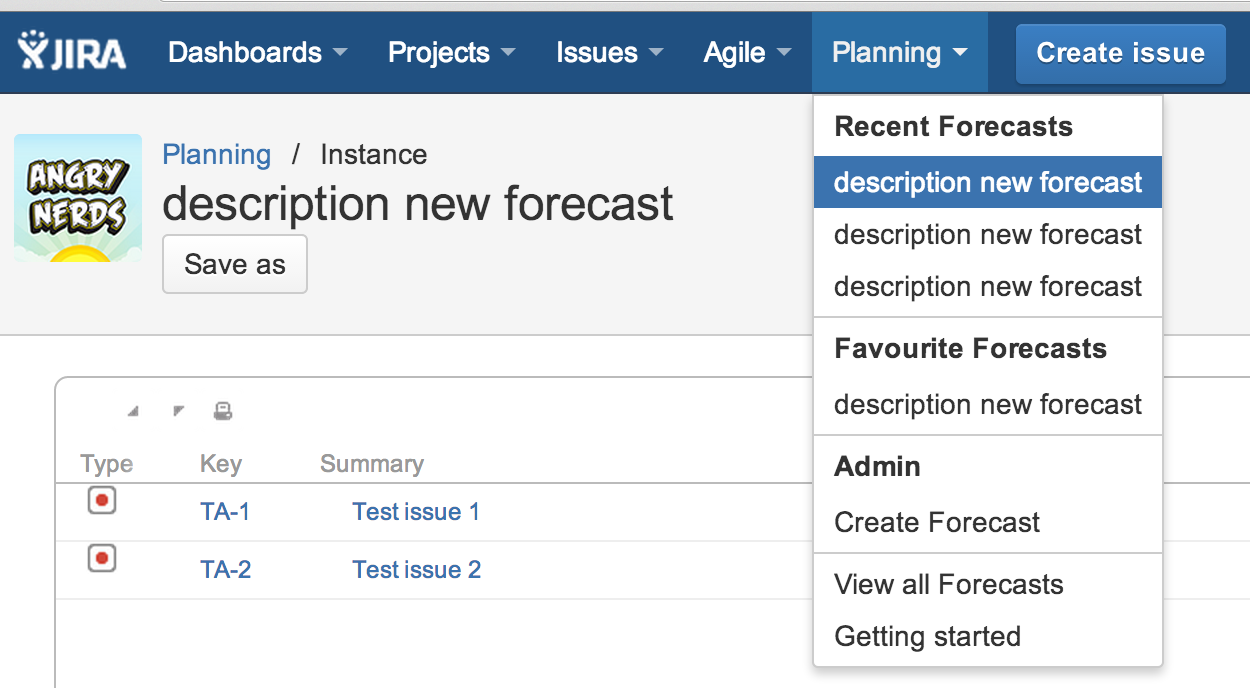Traditionally a user fills in a form in a webpage and has to actively press a save button in order to have the data stored. This has two main disadvantages: 1) this communication is normally done via http, which is much slower then a rest service cause it has much more overhead 2) a user nowadays expects direct feedback and expects a website to store data actively by itself.
Herefore a restfull service can be used, the following article describes how to enable a rest service within your own Jira Atlassian plugin.
Step 1: add a rest declaration to the atlassian-plugin.xml
The path element sets the context root to which all rest resources for your plugin will listen.
<rest key="rest" path="/planning-forecast-overview" version="1.0">
<description>Provides REST resources for the overview UI.</description>
</rest>
So, by the end of this example the rest service can be called as followed:

Step 2: Have a script trigger a rest call to the server
The following script is normally triggered by a click event, and sends a rest call to the server.
function upsertClaim(value, span) {
var spanId = span.getAttribute("id");
var ids = spanId.split("-+-");
AJS.$.ajax({
url: baseUrl + "/rest/planning-forecast-overview/1.0/upsertClaim?issueId=" + ids[0] + "&periodId="+ ids[1]
+ "&value=" + value + "&forecastKey=" + getRequestParam("key"),
dataType: "json",
success: function(filter) {
setSpanValue(span, value);
}
});
}
Step 3: Add a Java class to process the restfull calls.
This particular example does not sent a response object, but this is also possible. This response would be in the “success” variable as a parameter.
package com.gjdb.plugins.jira.resources;
import com.atlassian.sal.api.transaction.TransactionCallback;
import com.atlassian.sal.api.transaction.TransactionTemplate;
import com.gjdb.plugins.jira.model.Claim;
import com.gjdb.plugins.jira.model.ClaimStatus;
import com.gjdb.plugins.jira.model.Forecast;
import com.gjdb.plugins.jira.repository.ForecastRepository;
import com.gjdb.plugins.jira.util.UserUtil;
import javax.servlet.http.HttpServletRequest;
import javax.ws.rs.GET;
import javax.ws.rs.Path;
import javax.ws.rs.Produces;
import javax.ws.rs.core.Context;
import javax.ws.rs.core.MediaType;
import javax.ws.rs.core.Response;
/**
* @author GJDB
*/
@Path("/upsertClaim")
public class UpsertClaimResource {
private final TransactionTemplate transactionTemplate;
public UpsertClaimResource(TransactionTemplate transactionTemplate) {
this.transactionTemplate = transactionTemplate;
}
@GET
@Produces(MediaType.APPLICATION_JSON)
public Response get(@Context final HttpServletRequest request) {
if(!UserUtil.allowAccess(request, UserUtil.getAdminUserGroups())) {
return Response.status(Response.Status.UNAUTHORIZED).build();
}
return Response.ok(transactionTemplate.execute(new TransactionCallback() {
public Object doInTransaction() {
final String issueId = request.getParameter("issueId");
<logic removed for this blog>
return null;
}
})).build();
}
}
Result
When you monitor the traffic between the browser and the server, you should see something like the following when on a [click] event a rest call is being performed. Note that a 200 response means it is processed without errors.



